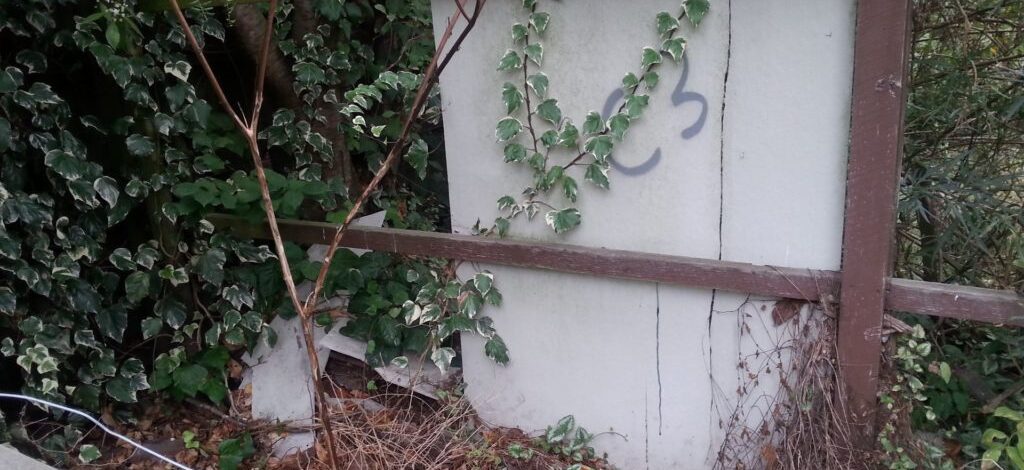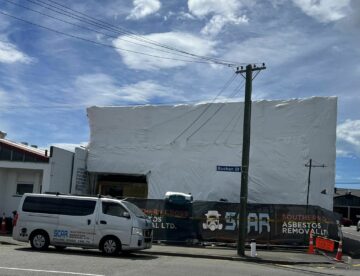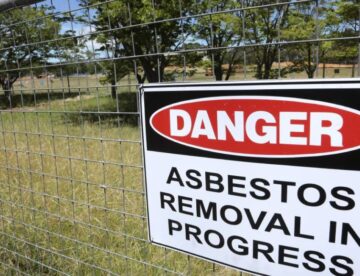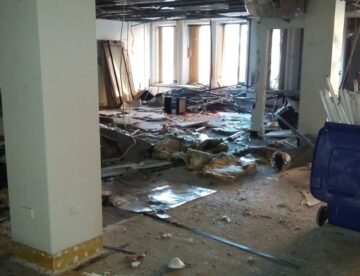We already know that asbestos is a very dangerous material for our organism. But, in order to limit the interaction with this substance it is very important to know how we can identify the products containing this mineral. You will be surprised to find out that there are seemingly harmless places where is asbestos. Because is a fire, sound or acid resistant material it been used in many products made to resist in time.
It is often very difficult to identify the presence of asbestos by sight. The only way to be certain is to have a sample of the material analysed by a laboratory. Or you can ask for a specialist’s opinion. One thing is certain: you should not do something on your own!
Where does asbestos hide?
The unfortunate truth is that asbestos can be found anywhere: in the home, public buildings, offices, even schools, garages or sheds. The following list does not include every product/material that may contain asbestos. It is intended as a general guide to show which types of materials may contain asbestos. Asbestos containing materials come in all shapes, sizes and colours. There are mostly three types of raw asbestos used in New Zealand — blue, brown and white asbestos and all were used in many building products. Often it was mixed with other materials.
• Insulation (around boilers, pipes, fireplaces, and ducts)
• Asbestos cement products (pipes, flues, roofs etc)
• Ceiling tiles
• Sprayed coatings
• Textured coatings
• Siding and roofing tiles
• Soundproofing applications
• Plaster and joint compounds
• Some plastics, including paints and adhesives
• Casings for electrical wires
• Some floor tiles and flooring adhesives
• Lifts and stairwells
• Vertical columns
• Partition walls
• Exterior walls, roofs, and gutters
• Water tanks
• Vinyl flooring and backing
• Textiles and composites
• Gaskets and ropes (such as on wood burners)
• Mastics and sealants
• Damp proof courses (malthoid)
• Cement Wallboard
• Asphalt Floor Tile
• Cooling Towers
• Flooring Backing
• Roofing Blown-in Insulation
• Roofing Felt
• Fire Safe Door
• Acoustical Plaster
• Electrical Panel Partitions
• Electrical Cloth
• Textured Paints/Coatings
• Electric Wiring Insulation
• Toilet seat and cistern
• Chimneys
• Some concrete was mixed with asbestos to prevent cracking in foundations
A major use of asbestos in New Zealand was as the raw material for insulation and acoustic products. The various types of asbestos mixed with a binder and sprayed around boilers, pipes, ducts and other places where insulation against heat and noise was needed. Sprayed asbestos was also extensively used as a fire retardant for protecting structural steelwork.
Is important to be careful in areas where insulation may be exposed, such as attics, unheated crawl spaces, open wall cavities, such as unfilled spaces for light fixtures or wall outlets, around duct work. Never disturb the insulation without wearing respiratory protection. In older homes, always consult an inspector before removing asbestos-containing insulation. Asbestos it’s often found around wood – fuelled, fireplaces in the form of paper on the walls or an asbestos coating on the surrounding floor.
Surprising places to find asbestos
When we hear of asbestos most of us think that it was used mostly in construction. Very few people realise just how common the use of asbestos once was. Given its wide availability and low cost, the fibre was found in several everyday goods. What do you say about hairdryers, toasters, irons, cigarette filters or even children’s toys?!
It is possible for you to be exposed to asbestos by certain antique appliances that you have in your home. Until 1980, asbestos was contained in most hand-held hairdryers. Also, many toasters were riddled with asbestos that had been used predominately for heat insulation in the body, as well as electrical insulation around the cord. Materials containing asbestos may be found in older domestic heaters both portable and affixed or vintage clothing irons. Therefore, collectors of old objects should pay attention to their pieces. In time, asbestos was found in some pencils for children, in some talcum powder or some cigarette filters.
Now that you know that asbestos could be lurking in many surprising places, you will definitely be more prepared to better protect yourself from this dangerous substance. When it comes time to do some cleaning or home renovations, be sure to take extra caution to prevent you and your loved ones from coming into contact with asbestos.
If you find asbestos
If you find asbestos in your homes or at work, it is advisable to stop all activities. Due to the presence of asbestos in many homes and buildings, there are steps one can take to limit dangers.
• Look for building data especially if it was built before the 2000s and you suspect it can be contaminated with asbestos.
• If you encounter asbestos during the course of your work, stop work and evacuate the area.
• Remove contaminated work clothing and tools in a safe location.
• Warn others nearby.
• It is important that you choose a competent professional who is certified to do asbestos abatement work. Asbestos-based material in good, working condition is typically safe. In some cases, such material can be isolated rather than removed. Asbestos removal, however, is the only lasting solution to the problem.
If you are in the process of planning work in your home, it might be a good time to consider the presence of asbestos. Houses built, or that had work done, between 1950 and 2000 are quite likely to contain this material.
Asbestos becomes a health risk when its fibres become airborne after it’s been disturbed in some way. So, if you’re planning to renovate and you’re not sure whether your home contains asbestos, it is best for you to contact Southern Cross Asbestos Removal for a thorough asbestos inspection. Also contact us if you intend to demolish or renovate certain buildings where asbestos exists. It will be safer and without risk!




